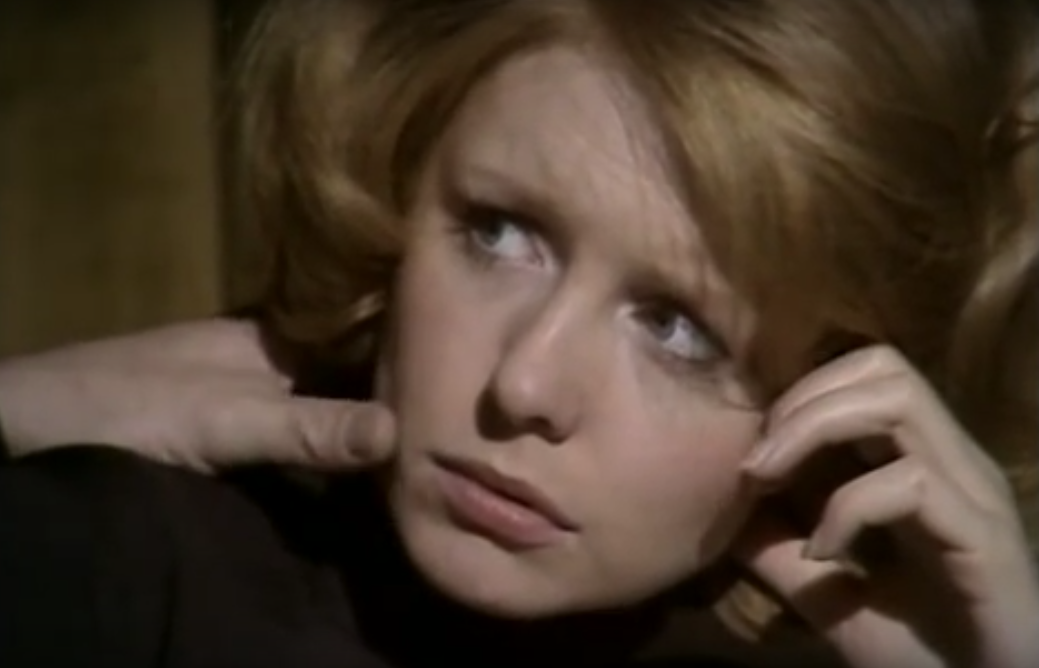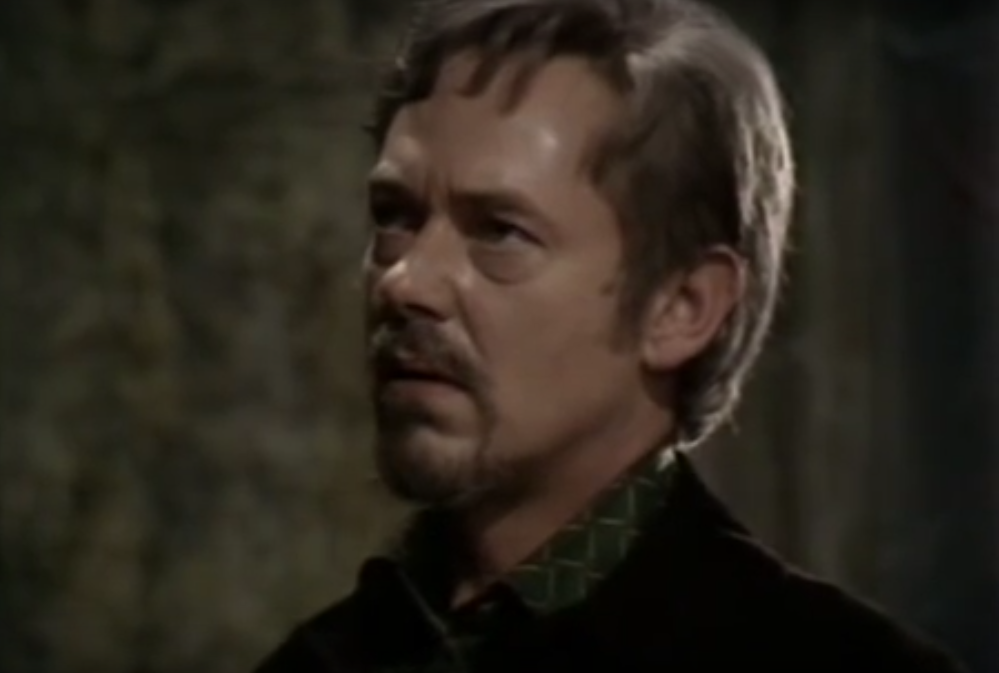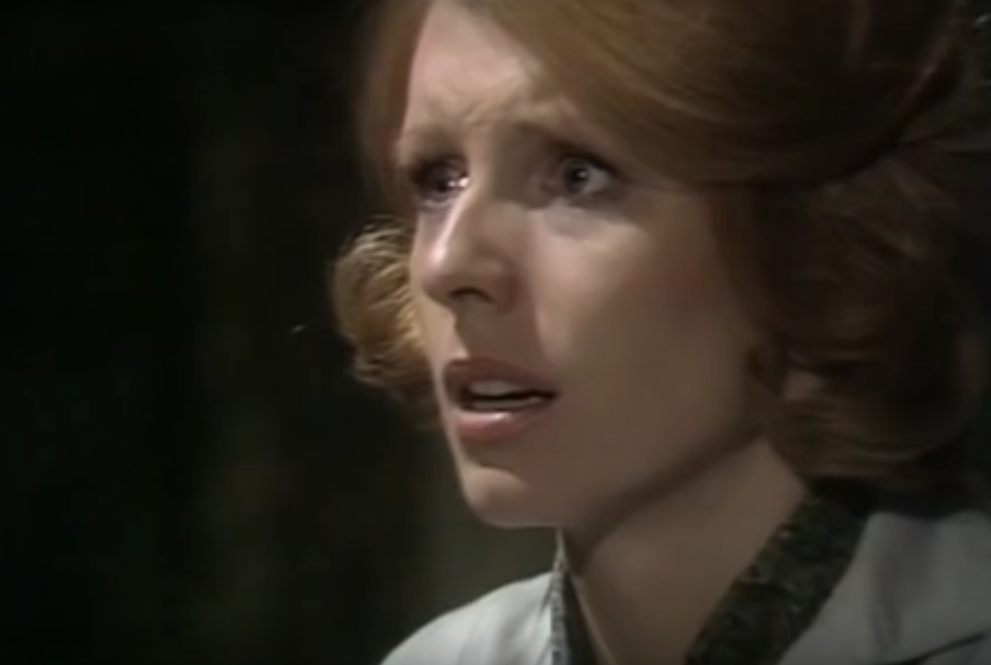Nigel Kneale is one of the great British writers, gaining prominence with his Quatermass trilogy and other sci-fi/ supernatural works in television dramas and films. Over his 50 year career in writing, Kneale wrote many pieces that are high televisual watermarks including Quatermass and The Stone Tapes. One of his most regarded works is Beasts, a 6 part anthology series from 1976 which takes kitchen sink drama scenarios but with that added Kneale twist. This was a well regarded series when it was released but I had never seen it. So, as the dark nights set in I set about watching it but does it stand the test of time?
Special Offer - A young woman named Maureen becomes a cashier at a minimart. She struggles with the work as she isn't as superficially beautiful as the other cashier and items seem to fall to the floor of their volition when she is at the checkout. The manager is scathing in his rebuke of her but as the incidences escalate is there more to Maureen than meets the eye? As Billy, the mysterious invisible creature wreaks havok we are left wondering is Maureen causing it or has she got the Sight?
This was a great episode as a young Pauline Quirk (later of Birds of a Feather fame) plays the role of poor harangued Maureen the cashier well. Her simple understated performance, especially the bit where she dolls herself up and pre-empts Heath Ledgers joker look by about 3 decades, underpins the eerieness contained within these aisles. The store manager Mr. Grimley is played with glee by Geoffrey Bateman who plays the career-minded mysogynistic alpha-male well. When he calls Maureen, "A stupendous, unrepeatable, giant-sized drag" it is a peach of an insult and indicative of his feelings.
The whole episode is great as it leaves you guessing right to the final third as to what will happen.
During Barty's Party - This is a two-hander as an older couple are in their isolated country home and keep hearing a rustling and gnawing noise. The wife thinks it's a rat but the relentlessness of sound starts to affect their mental health as these seem to be intelligent rats that seem to be stalking them.
This is a solidly acted episode as the two leads, Elizabeth Sellars and Anthony Bates, play their roles to perfection. As the wife starts to get more anxious her husband becomes more irritable and tetchy with her.
This episode is creepy as it examines the effect of isolation on the human psyche. Sellars is especially good at conveying the swivel-eyed nervous wife who is slowly going out of her mind.
This episode reminds me of another cult TV series episode I saw a few years ago, the BBC Dead of Night episode 'The Exorcism'.
I must also give a shout out to the soundtrack, which is phenomenal, as it features great music including 'Shout' by Lulu and 'Hippy Hippy Shake' by The Swinging Blue Jeans.
Buddyboy - When a hard-up derelict dolphinarium owner tries to get rid of the property to a couple of adult theatre owners, they are suspicious as to his desperation. Whilst giving the building the once over, they meet an ex-worker and a weird tale of a ghostly dolphin seeking vengeance unfolds.
What can I say, this is a weird episode about a ghost dolphin who was abused by his owner due to his intelligence. It's pretty strange and builds to a dramatic climax- is the abuser being haunted or does he just feel guilt over his actions to the poor animal. Martin Shaw plays the role of the theatre owner well and as she takes the dolphinarium owner to task as he negotiates, he plays the cocky chancer role well.
Baby - A young couple move to a small cottage in the country. As they are renovating their house, knocking down a wall, they come across a large jar which was walled up. Inside is a dried husk of a strange monkey-like creature but what was it and why was it hidden away? The pregnant wife, Jo, worries about it and wants shot of it whilst the vet husband wants to investigate the creature further.
I have heard that this episode is the most well regarded of the series and I can see why. The story is a simple folk horror tale but the acting by Jane Wymark is excellent. She knows something isn't right but her overbearing husband is not listening and just thinks she's anxious about another miscarriage.
The episode slowly builds in its dread, especially when she goes to look for the cat in the nearby woods. She senses something is wrong but everyone just thinks it's just her pregnancy playing havok with her emotions. The finale is suitably dramatic and I'm guessing haunts plenty of the people who saw it all those years ago to this day, even though now the creature looks like a pile of old binbags stacked on top of each other. The ending leaves you thinking about if Jo suffers a miscarriage or if she is worried about it happening again.
What Big Eyes - When a RSPCA inspector investigates the sale of exotic animals to a pet shop, he meets a controversial mad scientist-type researching lycanthropy. The scientist has been experimenting on himself and seems to be suffering from the after-effects but what effect will it have on his body?
Mr. Curry is the RSPCA jobsworth, and is earnestly played by Michael Kitchen, but he crosses swords with the scientific genius/ controversial idiot Mr. Raymount, who is played with a self-satisfied arrogant cadence of Patrick Magee. The interplay between these two is fun and verbose and underpins what is an interesting episode. The acting as Mr. Raymount slowly dies is cringy though and, even though he is supposed to be dead, you can still see Magee's chest moving very clearly... it's embarrassingly obvious. What we have is an interesting premise that is unevenly executed and quite broadly acted in places.
The Dummy - A washed-up actor plays a rubber monster in a trashy film series but goes a bit too method and has a nervous breakdown. He goes rogue and starts trashing the set and attacking the staff.
It's an intriguing tale about mental health and how a breakdown of a marriage can affect an individual. It's all very silly as the monster looks crap but the story is interesting enough.
Kneale has a knack for turning what was then modern mundanity into something creepy and mysterious, often with a soupsons of malice and the supernatural. There are some excellent ideas here but the limited sets and budget mean it does show its age. The economy of design does make it feel like an authentic period piece though and, for those so inclined, a nostalgic look back at a bygone era and the fashion, mentalities and norms from the time.
The series is a great time capsule but more than that, it is just a good anthology series with well told stories acted by a solid British cast.



